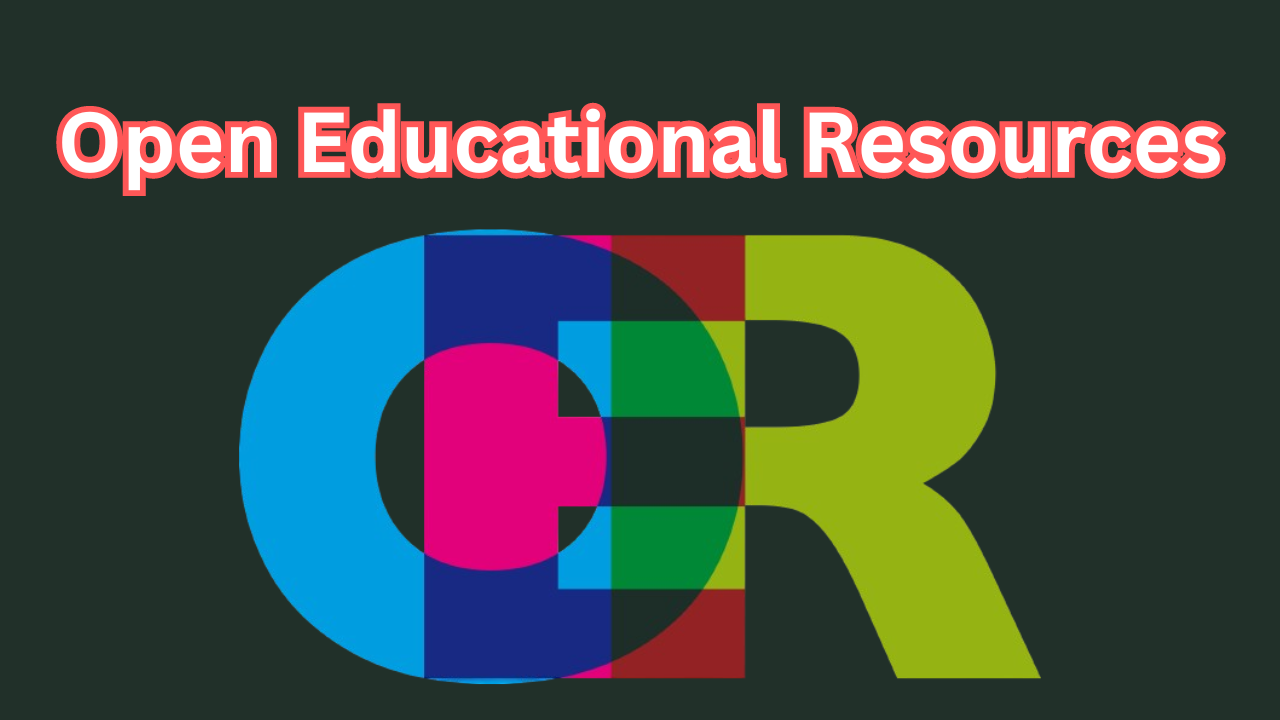
Open Educational Resources (OER) have emerged as a powerful force in the field of education, revolutionizing the way knowledge is disseminated and consumed. As the world becomes increasingly interconnected, the demand for accessible, high-quality education grows. OERs are meeting this demand by providing freely available educational materials that can be used, adapted, and shared by anyone, anywhere. This movement towards open education is not only democratizing access to knowledge but also fostering a culture of collaboration and innovation in teaching and learning.
Understanding Open Educational Resources:
OERs encompass a wide range of materials, including textbooks, course readings, multimedia files, software, and other tools that support learning. These resources are typically made available under open licenses, such as Creative Commons, which allows users to freely use, modify, and distribute the content. The core idea behind OER is to remove the barriers to education, making it possible for individuals from all walks of life to access high-quality learning materials without the constraints of cost, geography, or institutional affiliation.
The Benefits of OER:
- Accessibility and Inclusivity: One of the most significant advantages of OER is its ability to reach a diverse audience. Traditional educational resources are often expensive and inaccessible to many, especially in developing countries. OER eliminates these financial barriers, providing free access to educational materials for students, educators, and self-learners worldwide. This inclusivity is crucial for bridging educational gaps and promoting lifelong learning.
- Cost Savings: The rising cost of textbooks and other educational resources is a major concern for students and educational institutions. OER offers a cost-effective alternative, significantly reducing the financial burden on students. Schools and universities can also save money by adopting OER, allowing them to allocate resources to other essential areas, such as infrastructure and faculty development.
- Customization and Flexibility: OER allows educators to adapt and customize materials to suit the specific needs of their students and curricula. Unlike traditional textbooks, which are often rigid and unchangeable, OER can be modified to reflect local contexts, updated with the latest information, and tailored to different learning styles. This flexibility enhances the relevance and effectiveness of the educational content.
- Collaborative Learning: The open nature of OER fosters a culture of collaboration among educators and learners. Teachers can share best practices, collaborate on creating new resources, and contribute to a growing repository of knowledge. This collaborative approach not only enriches the quality of educational materials but also encourages a sense of community and shared purpose in the educational process.
Challenges and Considerations:
While OER offers numerous benefits, there are also challenges that need to be addressed to maximize its potential.
- Quality Assurance: Ensuring the quality and accuracy of OER is a critical concern. Since OER can be created and modified by anyone, there is a risk of disseminating inaccurate or substandard materials. Establishing robust review and validation processes, involving experts in the field, is essential to maintain the credibility and reliability of OER.
- Sustainability: The sustainability of OER initiatives is another important consideration. Developing and maintaining high-quality open resources requires ongoing funding, technical support, and institutional commitment. Finding sustainable business models and funding mechanisms to support the creation and dissemination of OER is crucial for the long-term success of the movement.
- Technological Barriers: While OER aims to make education accessible to all, technological barriers can still impede access for some individuals. Reliable internet access, digital literacy, and adequate infrastructure are necessary to fully utilize OER. Efforts to improve digital access and literacy, particularly in underserved regions, are vital to ensuring that the benefits of OER reach everyone.
The Future of OER:
The future of OER looks promising, with increasing recognition and adoption across the globe. Governments, educational institutions, and organizations are increasingly investing in OER initiatives, recognizing their potential to transform education. The integration of OER into mainstream education policies and practices is likely to accelerate, further driving innovation and collaboration in the field.
Moreover, advancements in technology, such as artificial intelligence and machine learning, hold the potential to enhance the creation, distribution, and personalization of OER. These technologies can help curate and recommend resources, tailor learning experiences to individual needs, and provide real-time feedback and support to learners.